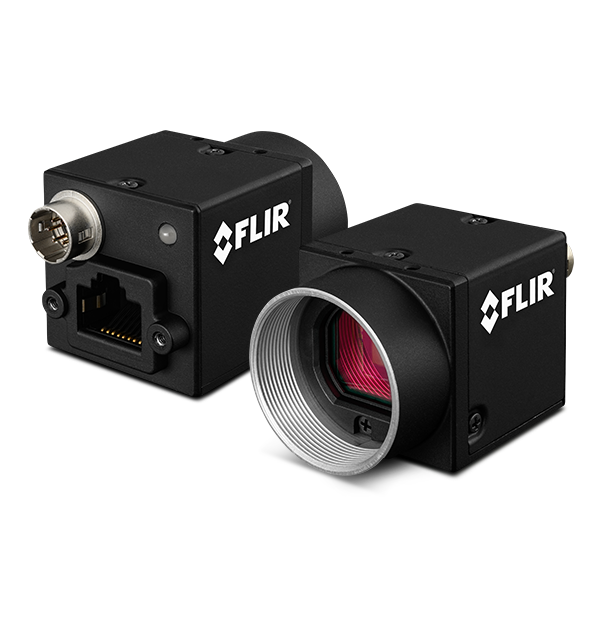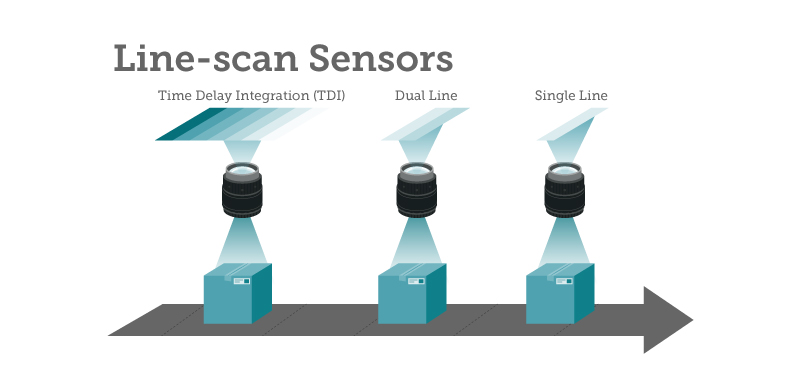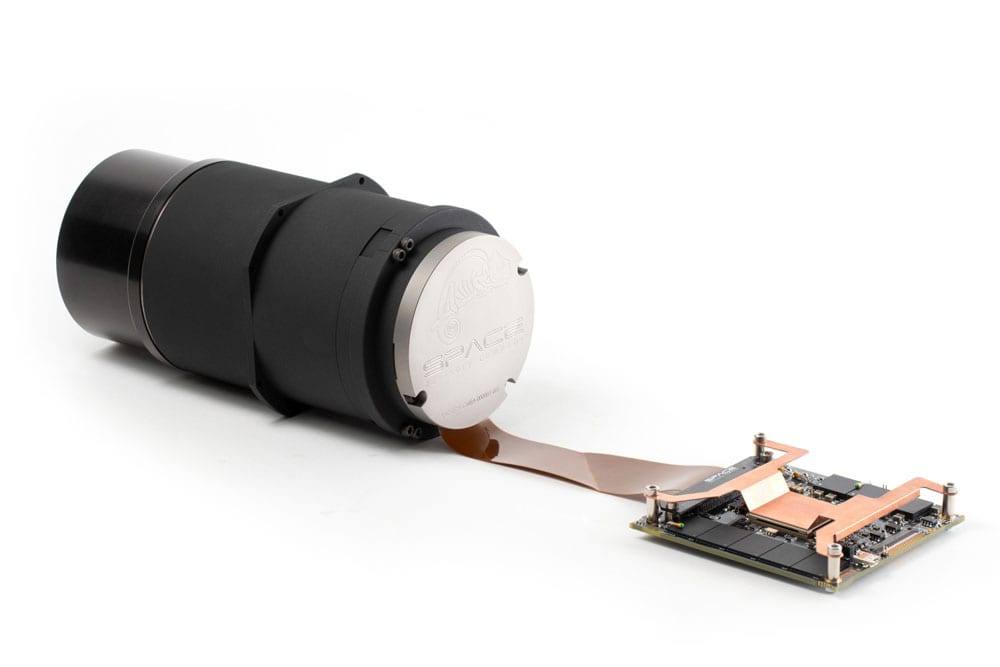- The two Canon DSLRs that currently offer 4K video (DCI-type 4K) frame capture yield a single-frame file size of 4096 x 2160 pixels, or the equivalent of an 8.8-megapixel (MP) camera firing in JPEG format. Compare this to a frame grab from the more commonly available 1080p HD video frame, which is the equivalent of a 2.1 MP camera.
- Spinner 360 - A 360º camera that exposes on 35mm film and sprockets. The frame is about 9.5 inches. The frame is about 9.5 inches. Xpan - Two choices of formats - standard 24x36mm and 24x65mm panoramic on 35mm film.
- Very low frame rate capture from USB Camera on Linux. Getting Vendor Details of a Camera. How to use a camera to get single frames?
| information and inspiration for students, teachers and hobbyists | |||||||||||||
| |||||||||||||

| Tools - Video Cameras Capturing Images There are several ways to view or capture high-speed events that are filmed with a video camera. The simplest method is just to play back the video footage and watch the single frame that contains the event flash by. This is the way it would appear if you simply watched as the event occurred. When the flash discharges, your visual processing system captures the image and retains a memory of it for a fraction of a second. There are two methods to capture images to a computer:
These methods are described below. (Method 2 was used for the clips and the full-frame image on the Filming page.) Freeze-frame capture from a VCR This method requires a 4-head video cassette player to allow clear, paused displays of single frames. If the player has a jog-shuttle control, that will make it easier to navigate to the frame of interest. When using interlaced video with some players, you won't be able to view some of the high-speed events on your film. The reason is discussed next. Most video cameras record interlaced video at 30 frames per second. Each frame is composed of two interlaced video fields, each 1/60 s in duration. One of the fields is termed odd and the other even. When you capture a high-speed event on videotape, the event is recorded on a single field. This can be either the odd or the even field, depending on where the tape is in its travel when the event occurs. Many consumer-grade VCRs will only pause on the odd or the even fields but not both. Thus, if the event was recorded on an even field, and your VCR pauses on the odd fields, you won't be able to pause on the field containing the event. This means that approximately half of your high-speed images can't be viewed in freeze-frame mode. However, you'll still be able to view the high-speed event by playing the tape normally. Some VCRs do allow you to view all fields. However, these are generally expensive. Another possibility is to record video in progressive mode. Some consumer-grade digital video cameras provide this option. In progressive mode, the video isn't interlaced. Each field is a full frame, 1/30 s in duration. Such cameras provide crystal clear, step frame playback. More information on this is provided in the next section. Assuming that you're able to pause your VCR on the frame of interest, you may want to export that frame to a computer to be saved as an image file. This requires a video-capture card and associated software. The card should be able to capture single frames of at least 640 x 480 pixel resolution in 24-bit color. A card designed for capturing single frames (rather than full-motion video) will generally have the capability to capture either or both fields of interlaced video. Thus, when you pause your VCR on the field of interest, the card will capture that field. Remember, though, that the field contains only half as much image information as a full frame. Hence, expect to see less detail than you would see in a typical frame. With some photo-editing programs, it's possible to add to the image file a best guess of the missing information through interpolation. This can improve the appearance of the image. The image to the left was obtained using the the freeze-frame capture method. A racquetball is shown colliding with a surface at a speed of about 60 m/s. The camera was a Sony TR81 (Hi8 mm format). The flash unit, a Vivitar 283, was discharged when the collision forced two copper plates into contact with each other, thus closing the flash unit's trigger circuit. The tape was played back with a Sony EVS-3000 VCR. This unit allowed jitter-free, paused displays of all fields. The image was captured with a ComputerEyes 1024 card at 640x480 size. The image shown here was deinterlaced through interpolation. It was then cropped and resized for this web page. (For more a comparison of a deinterlaced to a non-deinterlaced image, see the end of the next section.) Full-motion Capture In the freeze-frame capture method, one generally uses a video-capture card designed for capturing single fields or frames. For full-motion capture, the card is designed to capture 30 frames per second. Thus, one can begin capturing just before the event of interest and cease capturing immediately afterwards. The frame containing the event will therefore be included in the captured footage. The footage is edited with a video-editing program, which also creates a clip of the desired format and compression. The clips on the Filming page were produced this way. Here are some important considerations in using this method. While a card may be capable of capturing 30 frames per second (fps), whether it does depends on such characteristics of your computer as processor speed, available RAM, speed of the hard drive, and operating system. For example, we've been able to capture at 30 fps in a 320x240 pixel window with an Intel Smart Video Recorder III card installed in a Pentium 133 with 64 MB RAM, a fast hard drive, and the Windows 95 operating system. (Interestingly, the same hardware could not capture at 30 fps when the operating system was Windows NT 4.0.) In order to capture at these rates, low-end video cards may capture only the odd or the even fields but not both. Hence, you have about a 50% chance that the event of interest won't be captured. With 400-600 MHz Pentium II and III processors and 7200-10,000 rpm hard drives, a low-end capture card can capture the full-size video, namely 640x480 pixels, at 30 fps. We've been able to do this using an Osprey 100 card installed in a 450-MHz Pentium II with 256 MB RAM, a 10,000-rpm hard drive and Windows NT. (The same system using the Intel Smart Video Recorder III drops frames even when the window size is reduced to 320x240. One wonders if the NT drivers for this card hinder its performance.) Both of the cards mentioned above capture raw video. That is, the cards have no onboard compression. As a result, the cards can provide excellent image quality. Of course, it's usually necessary to compress the video later using software. Otherwise, the file sizes would be too large to be manageable. An advantage of having the raw video footage, however, is that you can export individual frames using video-editing software. Thus, you could obtain a high-quality image of the frame containing the high-speed event. This provides an alternative to the freeze-frame capture method described in the previous section. With the advent of consumer-grade digital video cameras, progressive scan video, and the firewire data transfer standard, it's now possible to overcome many of the problems described above. Here are the details: Digital video: This format provides high resolution video. (The format for consumer grade cameras is termed miniDV.) Moreover, there's no loss of quality when the video is transferred to a computer through a firewire port. (Analog formats such as VHS, SVHS, Beta, and 8mm degrade in quality due to the required analog-digital conversion from tape deck to computer.) Firewire: With a digital video capture card using the Firewire (IEEE 1394) standard and a fast hard drive (7200 rpm or greater) for storage, 100% of the information stored on the videotape can be transferred to the computer. Progressive scan: Digital video cameras are now available with the choice of using either interlaced or progressive scan modes. In the progressive mode, the field and frame rate are ideally the same, 30 fps. One should be careful, though, in selecting a camera for the progressive scan feature. The Canon Optura records at a true 30 fps in progressive mode, while the Sony TRV-900 records at 15 fps. A clip recorded with this Sony camera will still play at 30 fps; however, each frame is duplicated so that there are only 15 different frames each second. The three images of balloon bursts below were captured from digital video footage from a Canon Optura. The first image shows a video field obtained in progressive scan mode. The second image of a different balloon taken under similar conditions was obtained with the camera in interlaced mode. Click on either image for the full-size frame. (The image will open in a new browser window.) The interlaced frame has black horizontal lines with no image data alternating with lines containing the balloon's image. The third image was created by starting with the interlaced frame (the second image) and deinterlacing it through interpolation using Adobe Photoshop.
Something to be aware of in using digital video is that the standard format is 720x480. It would seem that the usual 640x480 video format is stretched horizontally to 9/8ths of its original width. (Actually, the ratio is closer to 1.09. This is discussed in detail on the LivePhoto Physics website.) The miniDV format (NTSC standard) uses rectangular pixels, which nominally are 90% as high as they are wide. This doesn't distort DV footage when viewed on a TV monitor. However, when a DV clip is viewed on a computer monitor, the horizontal distortion is apparent.. If having an accurate aspect ratio is important, image editing-programs can be used to resize the frames. A size of 658x480 seems to provide best results. |
Single Frame Scanner Vendor Cameras Walmart

Single Frame Scanner Vendor Cameras Software


Scanner Lens Test at 1.1x. The Scitex LFOV was not the sharpest lens here, the Scitex S-3 110 lens was the faster and slightly sharper lens, but that extra sharpness came with higher levels of chromatic aberrations in the form of red fringing, easy to see in the 200% view crops above. Some scan software does allow for a real RAW image output after scanning, which is the least worked over scan file from your film, most ideal for further digital post processing. Be warned though, with color negative film, the color cast, you experience will vary likely from batch to batch of developed film and most definitely from different labs.
Single Frame Scanner Vendor Cameras Wireless
| ||||||||
| copyright © 1995-2020 HiViz.com |





